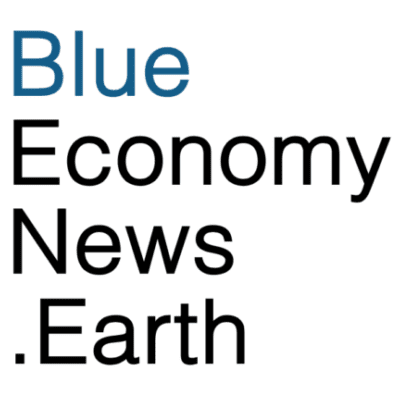SafeWAVE, an EU project designed to address barriers to making ocean energy a reality, has been extended until the end of 2024.
SafeWAVE emerged from a 2018 program to address non-technical barriers to ocean energy viability, such as concerns about environmental impact. Ocean energy is one of the pillars of the EU’s Blue Growth strategy, which aims to transition to 32% renewable power by 2030. Because of the nature of ocean energy–wave, tidal and ocean thermal energy conversion (OTEC)–it is more consistent than either wind or solar which are highly intermittent. It is therefore much easier to add to the grid.
SafeWAVE is working to develop an environmental research and demonstration strategy based on the collection, processing, modeling, analysis and sharing of environmental data collected at sites in European countries where ocean energy companies are currently operating. They are developing a planning and authorization strategy to guide ocean energy developers and public authorities responsible for authorizing ocean energy projects. And they are developing a public education and engagement strategy to demonstrate a framework for public education and engagement on marine renewables, improving marine literacy and the quality of public debates.
The organization has developed environmental monitoring plans for the environment, seabed integrity, fish communities and electromagnetic fields from ocean power equipment, among other things.
“We are pleased to announce that the SAFEWAVE project has been extended until December 2024,” the group said. “This extension allows us to continue addressing the non-technological barriers that could hinder the future development of ocean energy, a key pillar of the EU Blue Growth strategy.”
The SafeWAVE Consortium, led by AZTI, includes a multidisciplinary team of partners bringing together device developers (BIMEP, WELLO, CORPOWER OCEAN and Geps Techno), consultants and researchers (WavEC, CTN, AZTI, RTSYS, UCC and ECN) and data managers (Hidromod), with the aim of involving the main ocean energy players from Portugal, Spain, France and Ireland.

